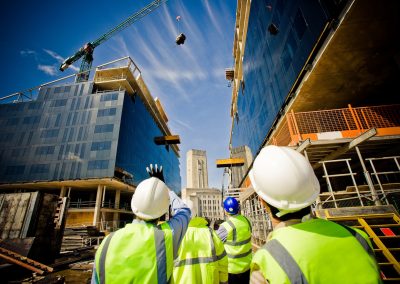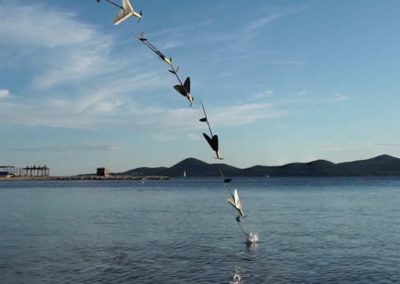Lorem ipsum dolor sit amet, consectetur adipiscing elit. Integer massa nulla, tincidunt id magna et, rutrum congue mauris. Nullam a commodo libero, ac pellentesque sapien. Fusce rhoncus urna non risus convallis, et efficitur lorem bibendum. Nulla sed libero posuere, dictum nunc vel, lacinia sem. Donec non mollis massa. Integer ornare sit amet nulla ac consequat. Nullam ut mi sed erat dictum semper sit amet iaculis mi.
Integer magna tortor, ullamcorper at ligula in, ultrices vestibulum sapien. Ut fringilla arcu eu velit blandit vestibulum. Mauris eget magna et purus euismod facilisis. Proin nisi mi, luctus ut pulvinar non, cursus eget sapien. Quisque faucibus vel mi nec tempus. Orci varius natoque penatibus et magnis dis parturient montes, nascetur ridiculus mus. Donec vel arcu nec mi scelerisque sodales suscipit in metus. In hac habitasse platea dictumst. Ut eget consectetur nisl. Vestibulum ornare bibendum justo vitae feugiat. Nam mattis lorem et aliquam lobortis. Suspendisse a est semper, tempor sapien ac, rutrum massa. Ut vitae libero et sem cursus rutrum. Vestibulum id nibh tempor, suscipit felis ut, egestas ligula. Phasellus placerat efficitur sem.
In non massa nec ipsum scelerisque viverra vel ac nisl. Nulla congue mauris id massa aliquam, a fringilla turpis elementum. Pellentesque erat justo, faucibus pulvinar tellus sed, volutpat interdum justo. Mauris cursus, ante in egestas mollis, diam leo varius libero, eu euismod mauris libero euismod lacus. Pellentesque maximus ultricies mauris quis posuere. Etiam leo mauris, feugiat vitae lorem id, placerat rutrum nulla. Integer ullamcorper porttitor augue at ultrices. Praesent efficitur ligula at placerat sodales.






